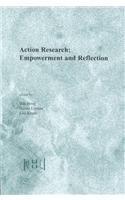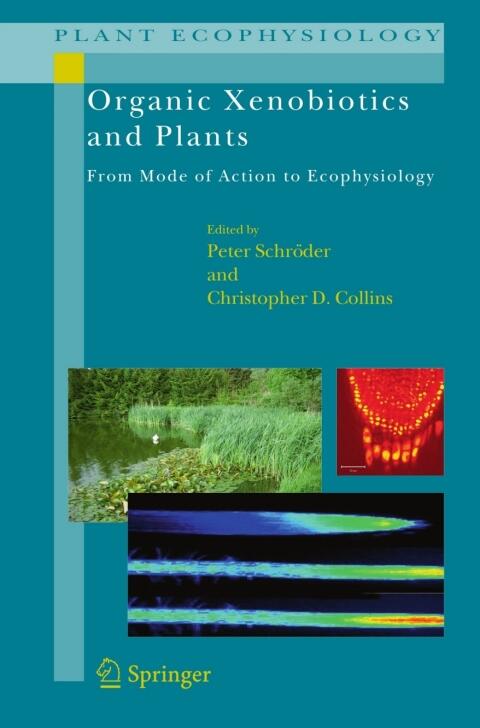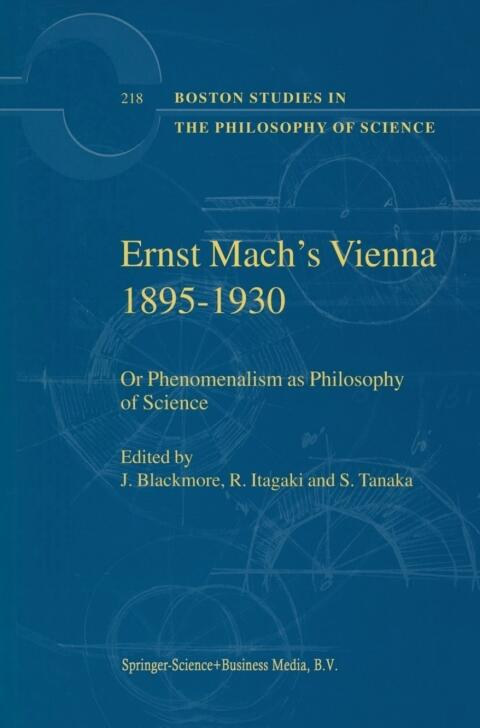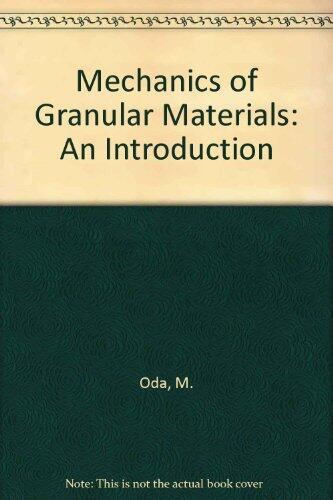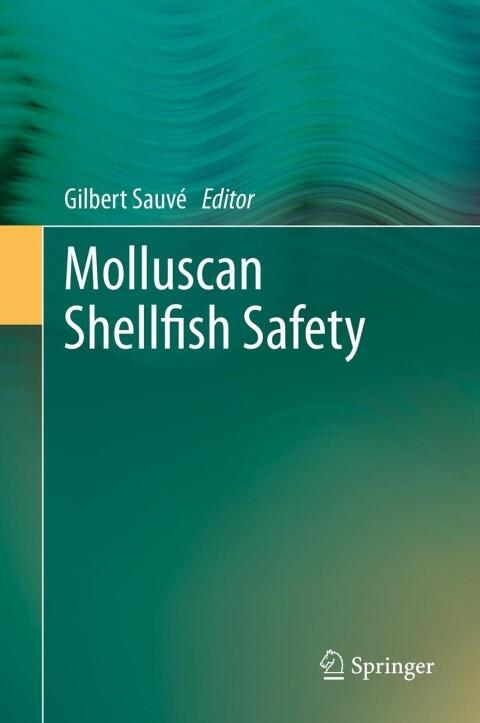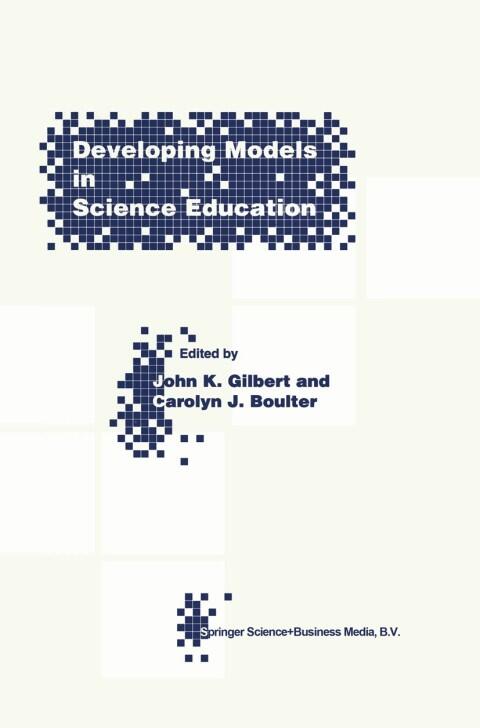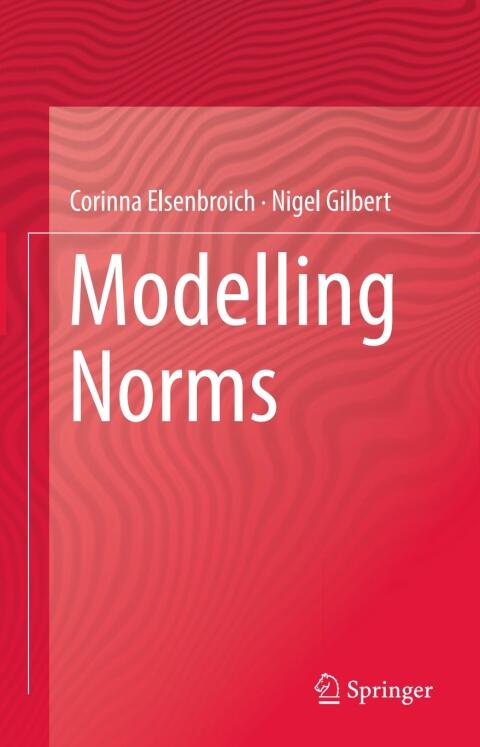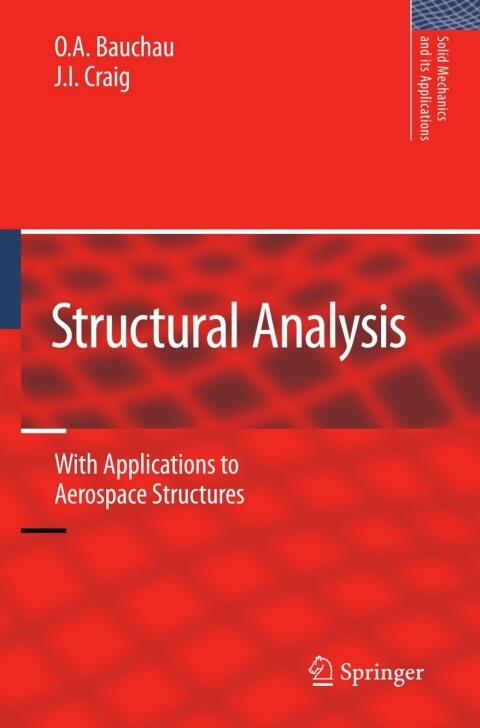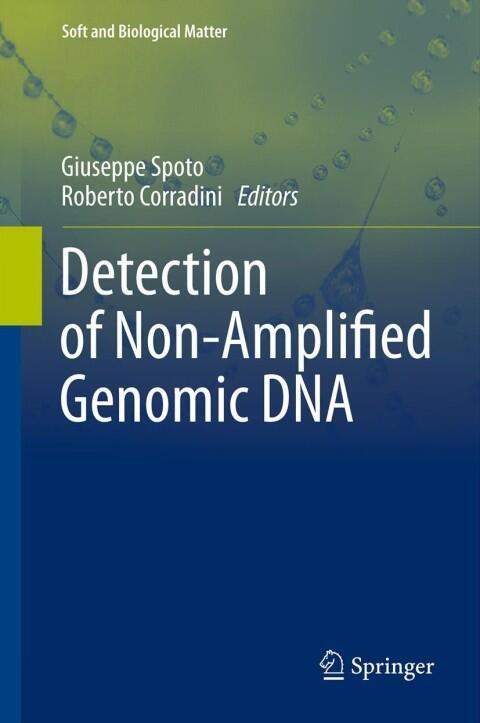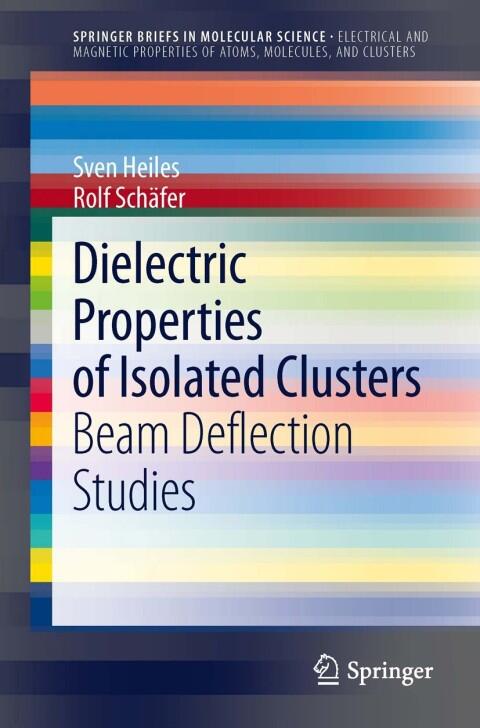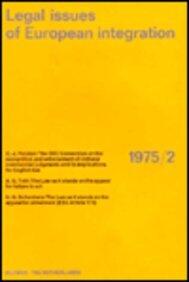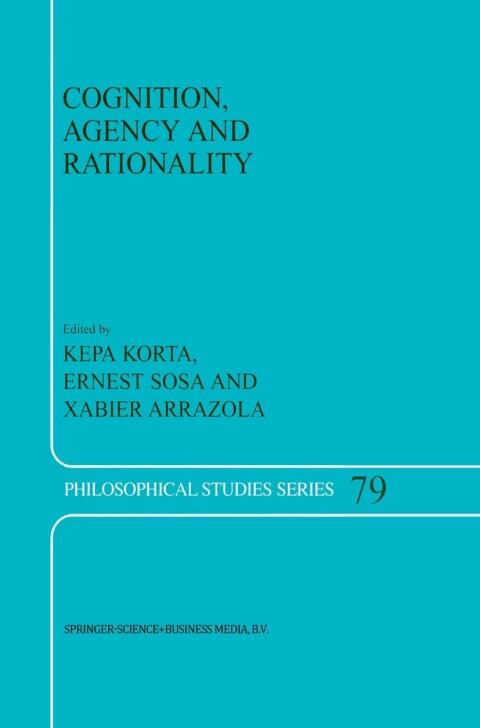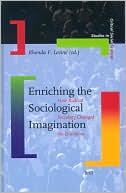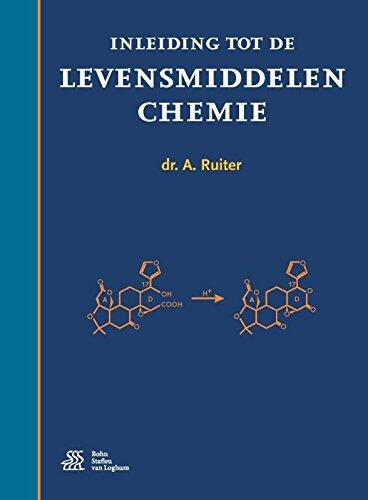
Inleiding tot de levensmiddelenchemie
によって
A. Ruiter
まだ評価がありません
Science & Technology
形式
ペーパーバック
ページ数
288
言語
オランダ語、フラマン語
公開されました
Apr 12, 2017
出版社
Bohn Stafleu van Loghum
版
2nd ed. 2016
ISBN-10
9036812356
ISBN-13
9789036812351
説明
A. Ruiter delves into the intricate world of food chemistry, exploring how various chemical compounds influence the properties and safety of food. This insightful work serves as an essential introduction for students and professionals alike who are keen to understand the underlying principles that govern our everyday sustenance.
Ruiter navigates through topics such as flavor, texture, and nutritional content, dissecting how these elements are affected by chemical interactions. The approach is clear and engaging, making complex topics accessible and relevant to a diverse audience. Relevant examples and case studies illustrate key concepts, allowing readers to grasp the practical applications of food chemistry in the culinary arts and food industry.
The book also addresses contemporary issues such as food preservation, additives, and the impact of modern processing techniques. Ruiter emphasizes the importance of food safety and quality, guiding readers toward a comprehensive understanding of how chemistry plays a pivotal role in ensuring the food we consume is both safe and enjoyable.
Overall, this work stands out as a valuable resource for those interested in the scientific dimensions of food. It piques curiosity, fosters a deeper appreciation for the art of cooking, and encourages awareness of the forces at play behind every meal.
Ruiter navigates through topics such as flavor, texture, and nutritional content, dissecting how these elements are affected by chemical interactions. The approach is clear and engaging, making complex topics accessible and relevant to a diverse audience. Relevant examples and case studies illustrate key concepts, allowing readers to grasp the practical applications of food chemistry in the culinary arts and food industry.
The book also addresses contemporary issues such as food preservation, additives, and the impact of modern processing techniques. Ruiter emphasizes the importance of food safety and quality, guiding readers toward a comprehensive understanding of how chemistry plays a pivotal role in ensuring the food we consume is both safe and enjoyable.
Overall, this work stands out as a valuable resource for those interested in the scientific dimensions of food. It piques curiosity, fosters a deeper appreciation for the art of cooking, and encourages awareness of the forces at play behind every meal.
